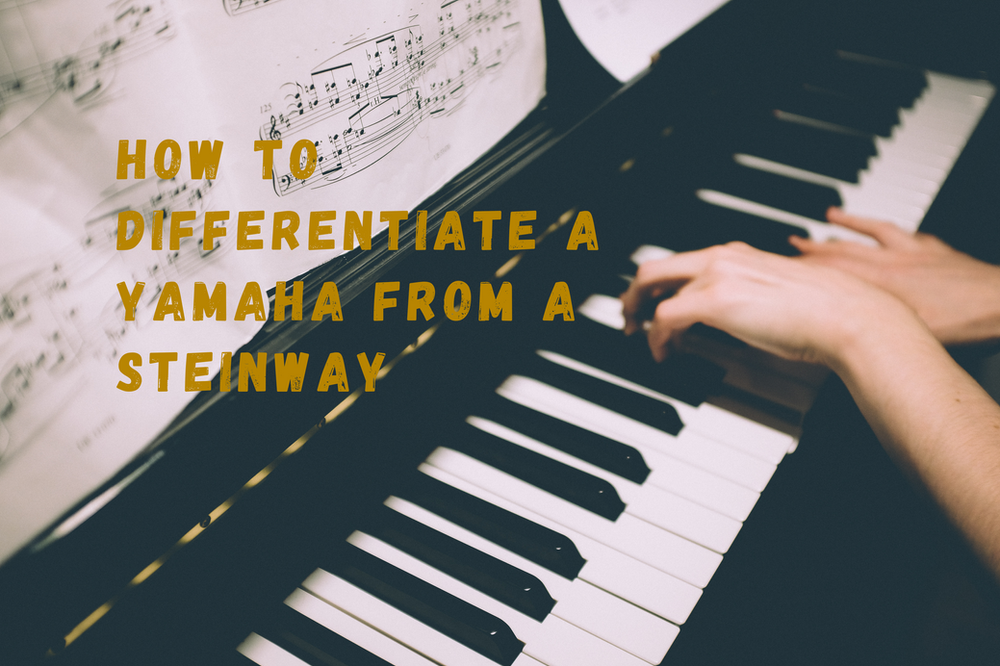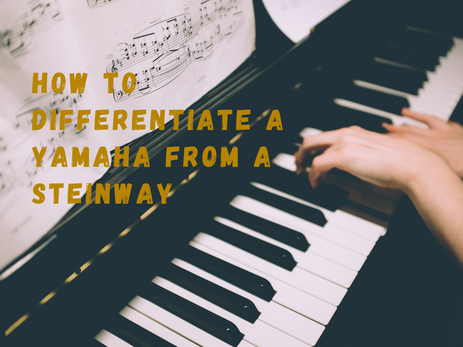Uncategorized
How to differentiate between a yamaha piano and a piano steinway

When it comes to deciding on the piano for you, it isn’t an easy decision, with so many brands to choose from. If you’re looking at the most prestigious brands, then there’s really only the Yamaha and the Steinway Piano to choose from, but which one is better and how are they different?
The differences between Yamaha and Steinway piano include their sound quality, design, action and touch and their design. Yamaha is more than a century in the making and still use the same Japanese craftsmanship and parts that they always have. Steinway piano consist of Canadian maple wood and Alaskan spruce and have a history, to date, of 167 years. Fundamentally both brands have long histories and are known for producing high-quality instruments. You can see the structural differences at Broughton Pianos including available models.
Piano cost
How much does a piano cost?
In this case, the price contrast between the Yamaha and the Steinway piano is vast. A misconception is that this has a bearing on the quality, which is not the case at all. Steinways are significantly higher in cost but what you get for your money doesn’t seem to compare and a lot of it, essentially, comes down to marketing.
Looking at the pricing charts of the newer, lower-ended Yamahas and Steinways will show the biggest price disparity. With both brands building pianos to last generations there are often great savings to be made looking into used models quality used pianos. Yamaha prices have risen over the years but it still remains a high quality instrument retailing for a fair price. Steinway, in comparison, has seen a significant price rise within the last decade.
Build Quality
Both piano brands use high-quality materials and build their instruments by hand, taking time and care and paying great attention to detail.
Yamaha pianos are made from well sourced East Asian materials, such as; quality spruces, oak and mahogany. The inside consists of quality hammers, copper bass strings and maple wood bridges. To prevent detrimental effects on the action rails from humidity and temperature changes, they are now made from aluminum alloy metal. As with the Steinway, the Yamaha keys are made from spruce wood and the frame thick and high-quality with a unique coating that helps the piano achieve its signature acoustics.
Steinway uses high-quality maple and spruce from Northern American locations. The frame consists of multiple layers of thick, maple wood and usually finished in black mahogany. The Steinway keyboard hasn’t used ivory since the 1950s and is now made with Bavarian spruce and topped with polymer. The pedals are usually brass and the strings made from steel and copper.
Sound Quality
Across the board, Yamaha pianos should sound the same but it is said that each Steinway can sound slightly different. This can offer a more creative instrument to play around with and a way to discover new dynamic levels which otherwise would have remained uncovered. The sound preference is a very personal choice and with either brand, ultimately, it’s going to be concert worthy.
Choosing Between Steinway and Yamaha
The choice between these two special brands comes down to so many factors but fundamentally both brands have invested heavily in their quality. The main considerations come down to; longevity of the instrument, sound quality and how much you want to invest.
Author: Ruby Collins

